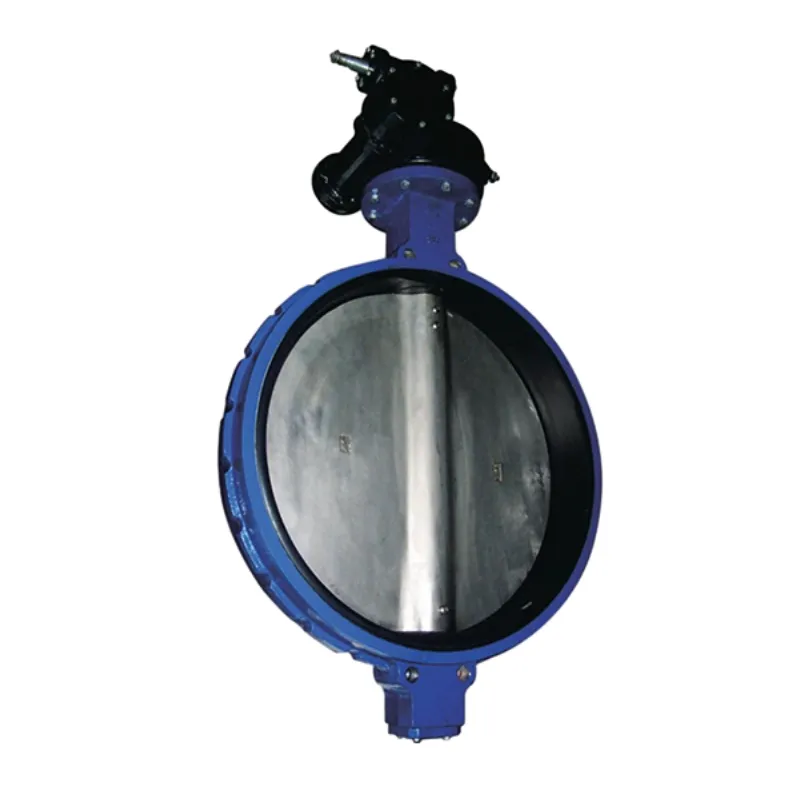Nov . 13, 2024 05:06 Back to list
ball valve
Understanding the Ball Valve A Comprehensive Overview
Ball valves are widely recognized as one of the most efficient and reliable types of valves used in various industries today. They play a critical role in controlling the flow of liquids and gases, making them essential components in plumbing, oil and gas, chemical processing, and even water treatment facilities. This article delves into the fundamental characteristics, benefits, applications, and maintenance of ball valves.
Structure and Working Principle
The fundamental design of a ball valve consists of a hollow, perforated sphere (ball) that rotates within the valve body. This ball sits on a stem and is controlled by a handle or actuator. When the valve is opened, the ball is rotated a quarter turn, allowing the fluid to flow through the opening. Conversely, turning the ball back closes the valve, stopping the flow completely. This simple yet effective mechanism ensures that ball valves provide a tight seal, minimizing leaks when fully closed.
Types of Ball Valves
Ball valves come in several configurations, each suited for specific applications. The most common types include
1. Floating Ball Valve In this design, the ball is not fixed in place and can move freely. This allows for a seal to be formed when pressure from the fluid forces the ball against the seat.
2. Trunnion Ball Valve This type of valve has a mounted trunnion that stabilizes the ball in place, enabling it to handle higher pressures, making it ideal for large pipelines and high-pressure applications.
3. Full-bore and Venturi Bore A full-bore valve has a diameter equal to that of the pipe, providing minimal resistance and ensuring maximum flow. Conversely, a venturi bore features a reduced diameter which creates a pressure drop, useful in certain measurement applications.
ball valve

Advantages of Using Ball Valves
One of the primary benefits of ball valves is their quick operation. They can go from a fully open to a fully closed position with just a quarter turn. This feature is particularly advantageous in emergency situations where rapid shut-off is necessary. Furthermore, ball valves offer low-pressure drop and high flow rates, making them efficient for numerous fluid control applications. Their durability and resistance to wear simplify maintenance, as they can effectively handle high temperatures and pressures without degrading.
Applications
The versatility of ball valves means they can be found in myriad settings. In residential plumbing, they are commonly used to control water supply to various fixtures. Industrial applications are extensive, with ball valves used in oil extraction, natural gas applications, chemical processes, and power generation. They are also vital in HVAC systems and are used in irrigation systems to manage water flow.
Maintenance
Although ball valves require minimal maintenance, regular inspection is essential to ensure optimal performance. Regular lubrication of the stem and checks for leaks or signs of wear can prolong the valve's life. In addition, operators should ensure that the valve is not exposed to conditions beyond its pressure and temperature ratings to avoid premature failure.
Conclusion
In conclusion, ball valves play a vital role in various fluid control applications due to their reliability, efficiency, and ease of use. Understanding their structure, benefits, applications, and maintenance requirements can aid in making informed decisions regarding their utilization in both residential and industrial settings. As industries continue to evolve, the significance of ball valves is likely to remain steadfast, ensuring the effective management of fluid systems for years to come.
Share
-
Reliable Wafer Type Butterfly Valves for Every IndustryNewsJul.25,2025
-
Reliable Flow Control Begins with the Right Ball Check ValveNewsJul.25,2025
-
Precision Flow Control Starts with Quality ValvesNewsJul.25,2025
-
Industrial Flow Control ReliabilityNewsJul.25,2025
-
Engineered for Efficiency Gate Valves That Power Industrial PerformanceNewsJul.25,2025
-
Empowering Infrastructure Through Quality ManufacturingNewsJul.25,2025